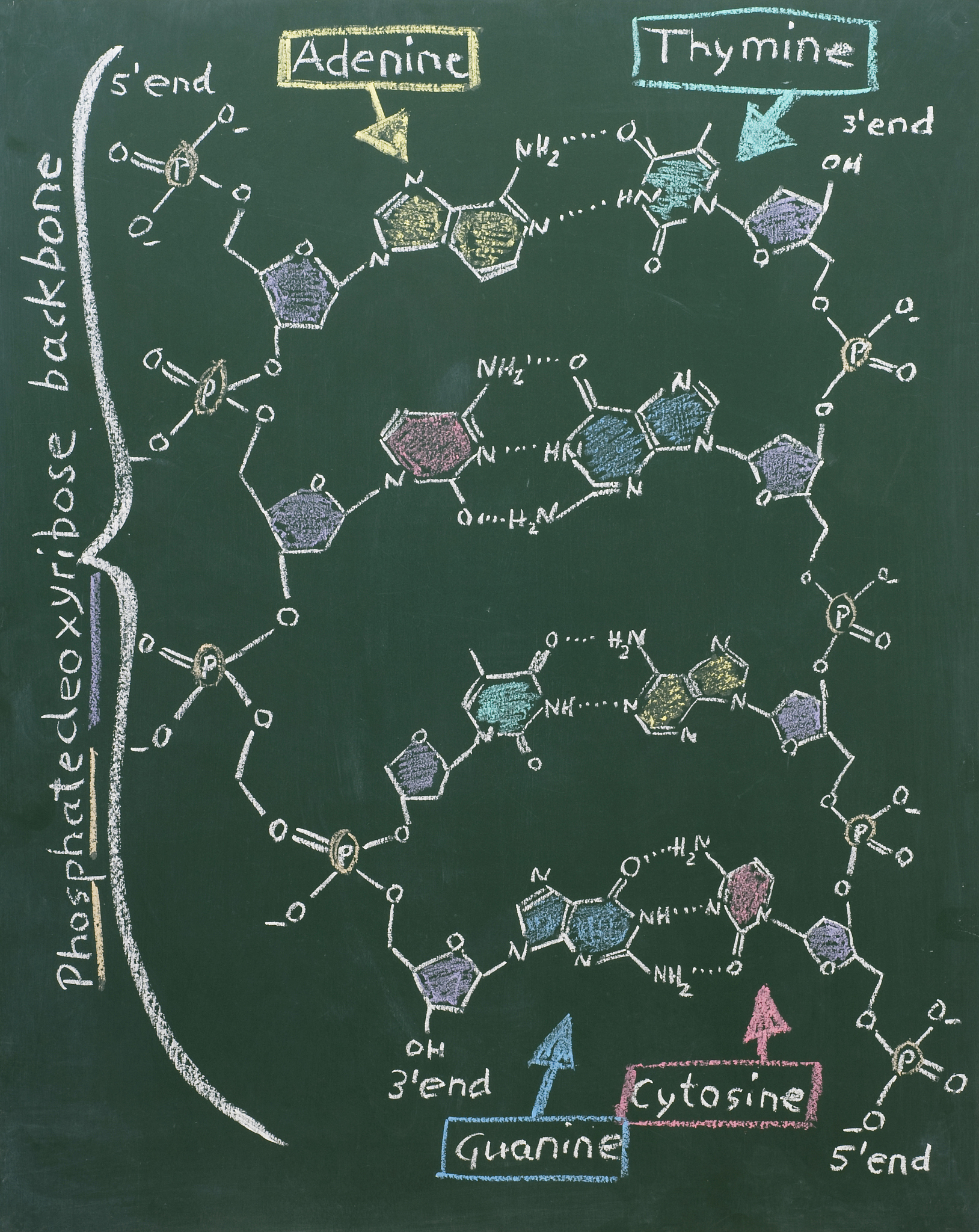Lattice Oxygen Mechanism (LOM) in Oxygen Evolution Reaction (OER): A Comprehensive Review
The investigation of the LOM mechanism has its roots in the analysis of PtO catalysts by Damjanovic and Jovanovic in 197654. They suggested that oxygen atoms within surface oxide films played a role in the OER. Bockris expanded on this idea, proposing that lattice oxygen on perovskites was also involved18, 19. The use of differential electrochemical mass spectroscopy, in combination with isotope labelling experiments, has since confirmed the participation of lattice oxygen in the OER products for RuO255, 56, IrO257, 58 and perovskite oxides48, 59.
However, Stoerzinger et al. reported that there was no lattice oxygen exchange occurring during the OER on the surfaces of RuO2 (100), (110), (101), and (111), regardless of the pH of the electrolyte60. Additionally, Scott et al. concluded that the mechanism of lattice oxygen evolution into O2 was negligible in contribution on Ru- and Ir-based oxides in acidic medium, using a highly sensitive EC-MS setup61. They highlighted the importance of distinguishing between labelled oxygen evolution and lattice oxygen mediated catalytic mechanisms when conducting isotopic oxygen evolution reaction experiments.

原文地址: https://www.cveoy.top/t/topic/n5q0 著作权归作者所有。请勿转载和采集!